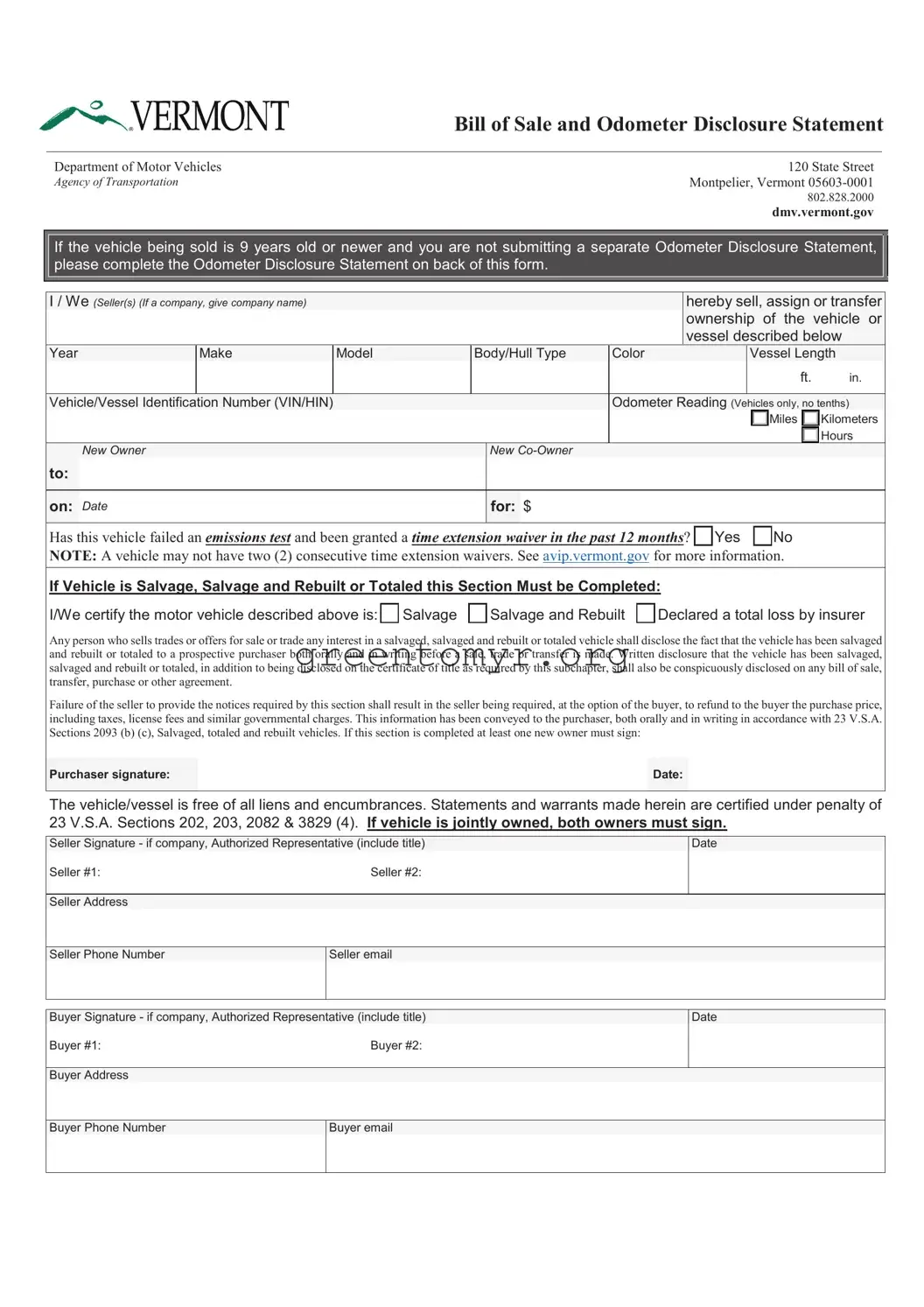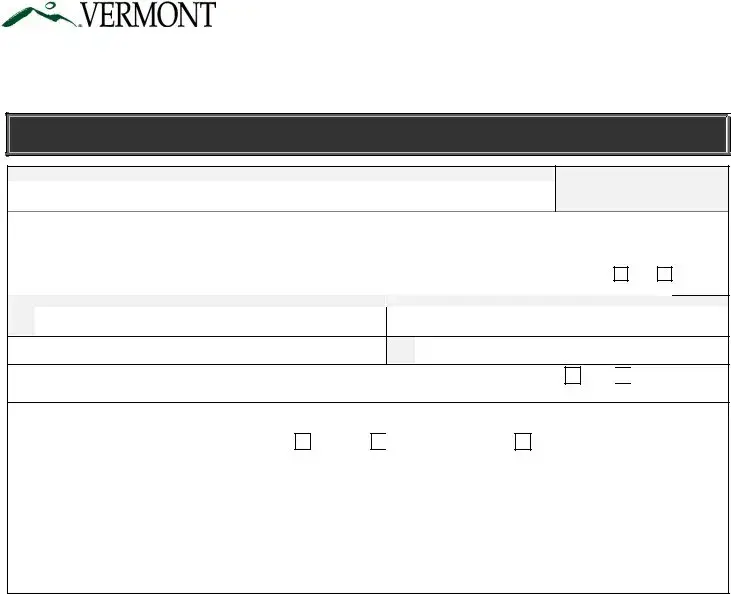Filling out the BOS VT-005 form can be a straightforward task, yet many make common mistakes that can lead to delays or rejections. One frequent error is failing to provide all necessary information. Every section of the form must be filled out completely. Omitting details can create confusion and may require additional communication, which slows down the process.
Another common mistake is incorrect information entry. It’s easy to mistakenly transpose numbers or misspell names. Such errors, while minor in appearance, can cause significant issues. Double-checking your entries can save time and prevent unwarranted delays.
Many individuals also overlook the importance of signatures. Submitting the BOS VT-005 form without an authorized signature results in an automatic rejection. Ensuring that your form is signed and dated properly before submission is crucial. This step serves to confirm your agreement with the content and your intention to submit the request.
Additionally, clarity in communication often takes a back seat. Some people use ambiguous language or jargon that confuses the reviewer. Clear, concise language is essential in making your intentions and requests understood. Take the time to articulate your needs without unnecessary complexity.
Another point of confusion arises from not following the submission guidelines. Each form has specific instructions about how and where to submit it. Ignoring these guidelines can lead to processing errors. Familiarize yourself with the submission process and adhere to the specified guidelines closely.
Many also fail to keep copies of their submissions. Without a record, it can become difficult to track the progress of your request. Keeping a copy provides you with a reference point should any questions arise later in the process.
People sometimes misinterpret the required documentation needed to accompany the form. The absence of supporting documents, such as identification or proof of address, can lead to setbacks. Always check to ensure that you gather and attach any necessary documentation to prevent unnecessary delays.
Additionally, timing can be another factor. Submitting the form close to deadlines can create unnecessary stress. Completing and sending the form well in advance allows for any unforeseen circumstances that may arise during the submission process.
Lastly, a failure to follow up on submissions is common. After sending in the BOS VT-005 form, a follow-up can help ensure that it is being processed. Checking back can provide peace of mind and confirm that everything is on track.



 No
No 